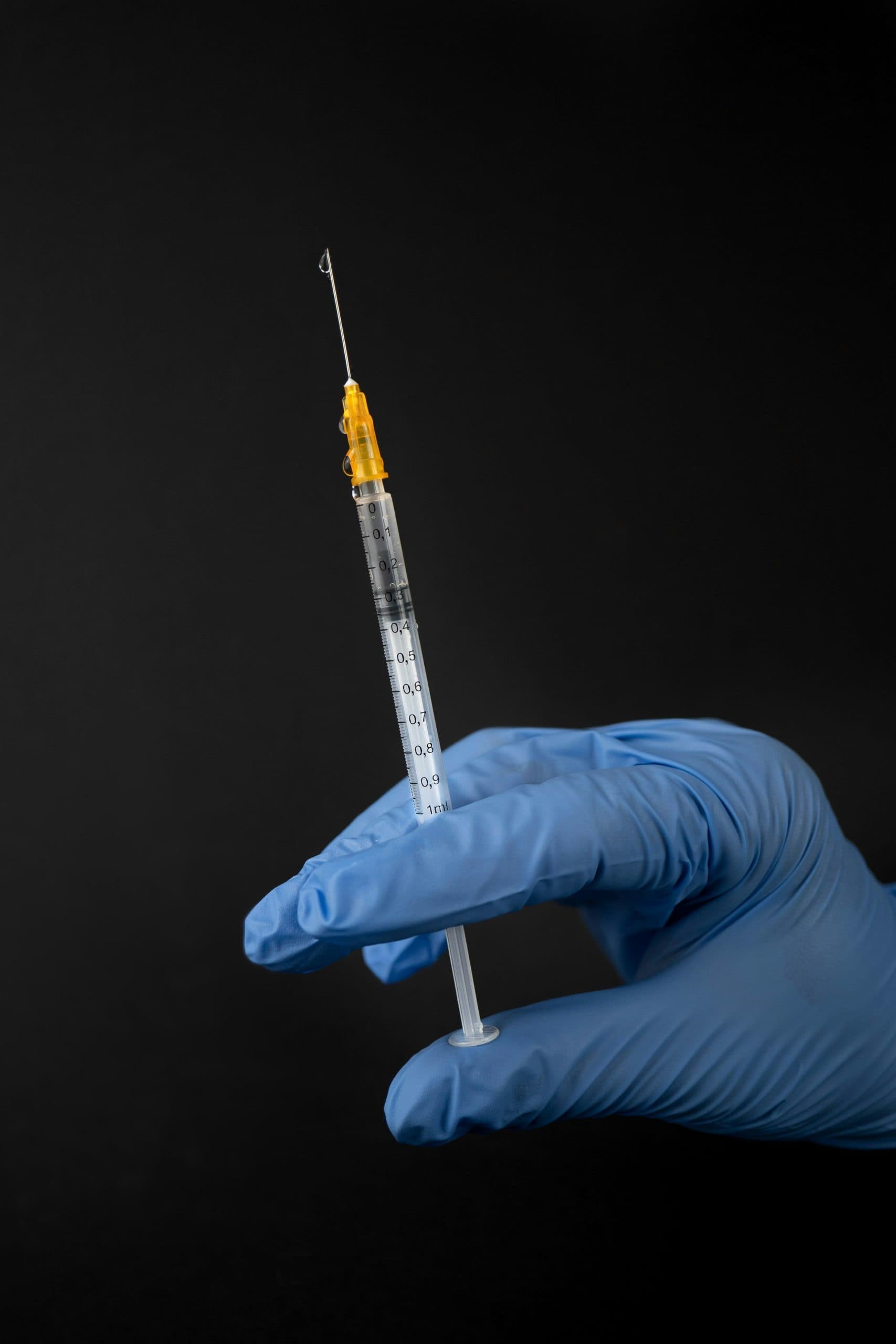About
This method is commonly used for patients with chronic conditions
Cell-based injections are an innovative, non-surgical therapy aimed at repairing and regenerating damaged tissues in joints and soft tissues.

This method is commonly used for patients with chronic conditions
Not Needed
Instant-book option available
Cell-based therapy is a regenerative treatment aimed at repairing and restoring damaged joint tissues using the body’s own healing mechanisms. In conditions like osteoarthritis or cartilage degeneration, the cells within the joint lose their ability to regenerate effectively, resulting in pain, stiffness, and inflammation.
Degenerative conditions: Osteoarthritis and age-related joint wear reduce the body’s ability to maintain cartilage health.
Previous injuries: Trauma, ligament tears, or meniscus injuries can initiate long-term joint deterioration.
Repetitive stress: Overuse through sports or physical work contributes to cellular breakdown in the joint.
Obesity: Excess weight accelerates joint wear and impairs the healing response.
Genetic predisposition: Some individuals are more prone to early joint degeneration due to inherited factors.
Diagnosing joint degeneration starts with a comprehensive clinical assessment. Patients typically report chronic pain, stiffness, or reduced joint mobility. Symptoms may be accompanied by swelling, instability, or clicking sensations.
The physical exam focuses on range of motion, tenderness, and joint alignment. To confirm a diagnosis and guide treatment, imaging such as MRI or X-ray is used to evaluate cartilage quality, inflammation, or tissue damage. If conventional treatments have not worked, and imaging supports tissue loss or degeneration, cell-based therapies may be recommended to promote healing and delay surgical intervention.

Cell therapy is a minimally invasive procedure typically performed on an outpatient basis. The process begins with harvesting regenerative cells—commonly from bone marrow or adipose (fat) tissue—using a small needle under local anaesthesia. These cells are then processed and concentrated before being carefully injected into the affected joint or soft tissue using imaging guidance. The entire procedure usually takes under an hour, and patients can often return to light activities the same day. Over the following weeks, the injected cells work to reduce inflammation, support tissue repair, and improve overall joint function.
Following the procedure, most patients experience minimal discomfort and can resume normal daily activities within a few days, although high-impact exercises should be avoided initially. A personalised rehabilitation plan may be recommended to optimise healing and long-term outcomes.

Supports tissue regeneration
Reduces inflammation and pain
Delays or avoids surgery
Reduces pain
Improves joint function and mobility
We offer a range of flexible payment options to make your treatment experience smooth and stress-free.
Most patients choose to self-fund their treatment. We accept:
We’ve partnered with GoCardless to offer interest-free instalment options. You can easily set up a Direct Debit to spread the cost of your treatment over time.
Looking for a financing plan? You can apply through Kandoo, our trusted finance partner.
We work with a small number of approved insurance providers. However, due to restrictions from many insurers, not all treatments are covered. Please check with your insurer and speak to our team before booking to avoid disappointment.
Use our website to book an initial consultation, or give us a call.
Our doctors might request you arrange a scan before your initial consultation. Or, they’ll chat with you (face to face or online) and recommend a scan after your initial consultation, if they think you need one.
Once your scan results have been reviewed, and your doctor has explained your options, you will be booked in for treatment.
Following your treatment, your doctor will give you rehab recommendations.
You will be booked in for a follow-up consultation, so your doctor can check your progress. You might need further rehab after this consultation.
Once your doctor is happy with your recovery, you will be discharged. After discharge, we are always here for further questions or support, should you need it.
How long does the procedure take?
Are there side effects?
How soon will I see results?



Explore the key differences between leading injection therapies used in joint, tendon, and cartilage care. Compare their effectiveness, uses, recovery time, and potential drawbacks to help guide your treatment decisions.
Injection Type
Best For
Effectiveness
What It Does
Recovery Time
Downside
Hyaluronic Acid (HA) Injection
Cartilage Matrix Injection
Arthrosamid Injection (Hydrogel)
PRP (Platelet-Rich Plasma) Injection
mFAT (Microfragmented Adipose Tissue) Injection
BMAC (Bone Marrow Aspirate Concentrate) Injection
Cortisone (Steroid) Injection
Exosome Injection
Best For
Mild to moderate knee osteoarthritis, joint lubrication
Effectiveness
What It Does
Lubricates joints, reduces friction, and relieves pain in osteoarthritis.
Recovery Time
Immediate return to daily activities, effects last 3-12 months.
Downside
Short-term relief, effects wear off over time; does not regenerate cartilage.
Best For
Moderate to severe cartilage damage, osteoarthritis, surgical augmentation
Effectiveness
What It Does
Provides a structural scaffold to support cartilage repair and regeneration.
Recovery Time
Minimal downtime, improvement in 4-6 weeks, lasting 6-12 months.
Downside
May lead to mild inflammation or require combination with other therapies for best results.